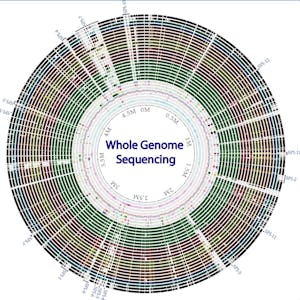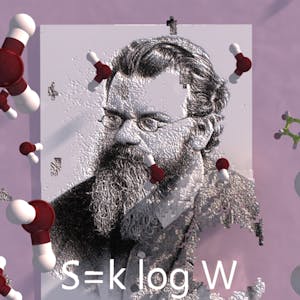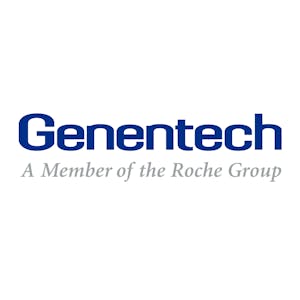Whole genome sequencing of bacterial genomes - tools and applications
About this Course
This course will cover the topic of Whole genome sequencing (WGS) of bacterial genomes which is becoming more and more relevant for the medical sector. WGS technology and applications are high on international political agenda, as the classical methods are being replaced by WGS technology and therefore bioinformatic tools are extremely important for allowing the people working in this sector to be able to analyze the data and obtain results that can be interpreted and used for different purposes. The course will give the learners a basis to understand and be acquainted with WGS applications in surveillance of bacteria including species identification, typing and characterization of antimicrobial resistance and virulence traits as well as plasmid characterization. It will also give the opportunity to learners to learn about online tools and what they can be used for through demonstrations on how to use some of these tools and exercises to be solved by learners with use of freely available WGS analysis tools . By the end of this course you should be able to: 1. Describe the general Principles in typing of Bacteria 2. Give examples of the applications of Whole Genome Sequencing to Surveillance of bacterial pathogens and antimicrobial resistance 3. Apply genomic tools for sub-typing and surveillance 4. Define the concept of Next-Generation Sequencing and describe the sequencing data from NGS 5. Describe how to do de novo assembly from raw reads to contigs 6. Enumerate the methods behind the tools for species identification, MLST typing and resistance gene detection 7. Apply the tools for species identification, MLST typing and resistance gene detection in real cases of other bacterial and pathogen genomes. 8. Describe the methods behind the tools for Salmonella and E.coli typing, plasmid replicon detection and plasmid typing 9. Utilize the tools for Salmonella and E.coli typing, plasmid replicon detection and plasmid typing in real cases of other bacterial and pathogen genomes. 10. Explain the concept and be able to use the integrated bacterial analysis pipeline for batch analysis and typing of genomic data 11. Demonstrate how to construct phylogenetic tree based on SNPs 12. Apply the phylogenetic tool to construct phylogenetic trees and explain the relatedness of bacterial or pathogen strains 13. Describe how to create your own sequence database 14. Utilize the MyDbFinder tool to detect genetic markers of interest from whole genome sequencingCreated by: Technical University of Denmark (DTU)

Related Online Courses
Modern engineering research focuses on designing new materials and processes at the molecular level. Statistical thermodynamics provides the formalism for understanding how molecular interactions... more
My son is going to grow up in a completely different world that is filled with generative AI (e.g., ChatGPT, Claude, LLama, etc.). I think this is a world of possibility, creativity, and deep... more
This is the second course in the Teach English: Intermediate Grammar specialization. In this course, you will learn how to effectively teach adjectives, adjective phrases, and adjective clauses to... more
The aim of this course is to introduce learners to open-source R packages that can be used to perform clinical data reporting tasks. The main emphasis of the course will be the clinical data flow... more
In today\'s rapidly evolving digital landscape, the importance of cybersecurity cannot be overstated. Threats to organizations, both large and small, are on the rise, and the consequences of... more








